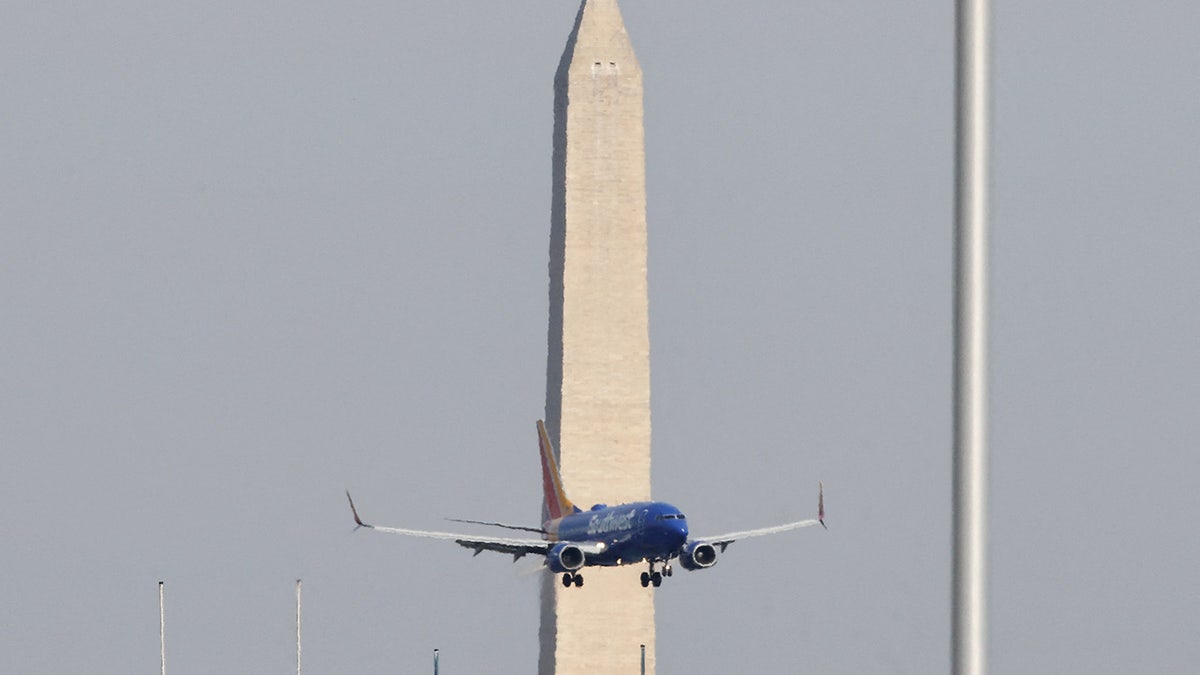
Near Miss at Reagan National Airport Raises Concerns About Helicopter Traffic Control
Two commercial planes were forced to execute go-arounds at Ronald Reagan Washington National Airport (DCA) on Thursday to avert potential collisions with a U.S. Army Black Hawk helicopter. This incident has ignited fresh concerns about air traffic safety protocols around the busy airport, particularly regarding helicopter operations, especially following a deadly mid-air collision just three months prior. The near miss is drawing intense scrutiny from federal agencies, lawmakers, and transportation officials, who are demanding answers and reassurances that safety measures are being rigorously enforced.
The Federal Aviation Administration (FAA) and the National Transportation Safety Board (NTSB) have confirmed that an Airbus A319 operated by Delta Air Lines and an Embraer E170 flown by Republic Airways were instructed to abort their landings at DCA due to the unexpected presence of the Black Hawk helicopter inbound to the Pentagon Army Heliport. The incident occurred at approximately 2:30 p.m.
According to preliminary reports, the Black Hawk helicopter, designated as a Priority Air Transport, deviated from the standard flight path. Instead of taking the most direct route from the west to the Pentagon heliport, the helicopter opted for a more scenic trajectory around the Pentagon. This deviation reportedly prompted air traffic controllers to order the two commercial planes to initiate go-arounds, according to an email from Chris Senn, FAA’s assistant administrator for government and industry affairs, cited by Politico.
Senn stated that the commercial aircraft were not within the restricted mixed traffic area of the airport during the incident. However, the FAA has initiated an investigation to determine whether the Army violated its flight approvals by this deviation.
Adding to the severity of the situation, the incident involved a Black Hawk helicopter from the same Army Aviation brigade that was involved in the fatal mid-air collision over the Potomac River on January 29, which claimed the lives of 67 people.
The proximity between the Republic Airways flight and the Black Hawk helicopter grew alarmingly close. Reports suggest they were approximately 0.4 miles apart and separated by only 200 feet vertically at one point.
The near miss occurred less than a month after the FAA implemented measures to increase staffing and oversight for the DCA air traffic control team. In March, the FAA had also announced permanent restrictions on non-essential helicopter operations around the airport. These restrictions included the elimination of helicopter and fixed-wing mixed traffic and prohibiting the simultaneous use of runways 15/33 and 4/22 when helicopters conducting urgent missions are operating near DCA. The fact that this incident occurred despite the new guidelines raises serious questions about their effectiveness and enforcement.
Senator Maria Cantwell, Ranking Member of the Senate Committee on Commerce, Science, and Transportation, expressed outrage at the incident. She stated that it was unacceptable that a helicopter from the same Army brigade involved in the previous deadly collision was again flying too close to passenger jets on final approach at DCA. She highlighted that the brigade had only recently resumed flights in the National Capital Region and demanded immediate action from the Department of Defense and the FAA to ensure the safety and security of the airspace.
Secretary of Transportation Sean Duffy also condemned the incident, describing it as unacceptable. He emphasized that helicopter restrictions around DCA are clear and stated his intention to discuss the matter with the Department of Defense to understand why the rules were disregarded. He reiterated that safety must always be the top priority and cautioned against unnecessary helicopter rides for VIPs or training in the congested DCA airspace.
The NTSB is actively investigating the incident to determine the root causes and contributing factors. The FAA is evaluating arrival rates at DCA, noting that they are disproportionately concentrated within the last 30 minutes of each hour. DCA is known to have the busiest runway in America, which further exacerbates the challenges of managing air traffic safely.
The incident highlights the complexities of managing air traffic in a densely populated metropolitan area like Washington, D.C., where commercial air travel intersects with military operations and VIP transport. It also underscores the need for clear communication, adherence to established protocols, and rigorous oversight to prevent future incidents.
The focus now shifts to the ongoing investigations by the NTSB and the FAA, as well as the dialogue between the Department of Transportation and the Department of Defense. The goal is to identify the failures that led to the near miss and to implement effective measures to prevent similar incidents from occurring in the future. This includes potentially reevaluating flight paths, reinforcing communication protocols between air traffic control and military pilots, and ensuring that all parties are fully aware of and compliant with the established restrictions on helicopter operations around DCA. The safety of passengers and the integrity of the National Capital Region’s airspace depend on it.
